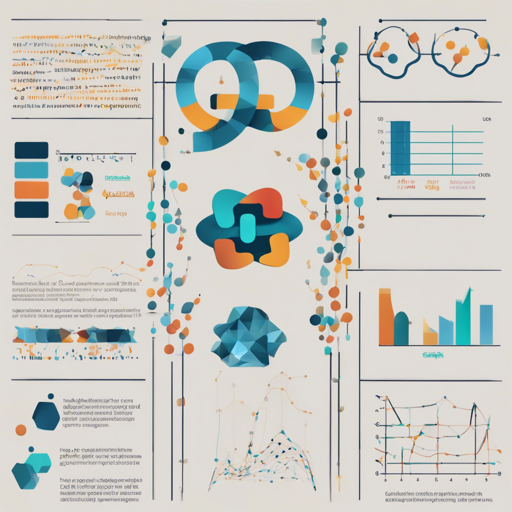Welcome to the exciting world of Statistical Machine Learning! If you’re curious about data science or looking to enhance your skills in this field, you’re in the right place. In this blog, you’ll learn how to harness the power of the book Introduction to Statistical Learning by renowned authors, and implement it using Python. Let’s dive in!
Why Start with This Book?
This book is a gem for anyone interested in learning the pivotal aspects of statistics and machine learning. It bridges the gap between theory and practice, making it suitable not only for data analysts and scientists but also for those from non-technical backgrounds. Here’s why you should consider it:
- Real-life scenarios and applications.
- Simple introduction to key statistical concepts.
- Python code examples that make learning practical.
How to Get Started
To kick off your journey into Statistical Machine Learning:
- Clone the GitHub repository containing Jupyter notebooks: This Repo.
- Explore each chapter, which contains summaries and implementation in Python.
- Practice the code and apply it to datasets that interest you.
Exploring Key Concepts and Their Implementation
The course walks you through various chapters of the book, each focusing on important concepts in Statistical Learning:
- Chapter 2: Statistical Learning – Understanding Model Accuracy and Introduction to Python
- Chapter 3: Linear Regression – Exploring Simple and Multiple Linear Regression
- Chapter 4: Classification – An Overview of Various Classification Techniques
- Chapter 5: Resampling Methods – Techniques for Model Validation
- Chapter 6: Linear Model Selection and Regularization – Knowing How to Select the Right Models
- Chapter 7: Moving Beyond Linearity – Understanding Complex Relationships in Data
- Chapter 8: Tree-Based Methods – Learning about Decision Trees and Random Forests
Code Explanation with an Analogy
Think of the Python code you will encounter in these notebooks like a recipe in a cookbook. Each chapter provides you with both the ingredients (data) and the instructions (code) needed to create a delicious dish (statistical model).
For example, when you read about Linear Regression in Chapter 3, you’ll gather the ingredients (data points) and follow the instructions (code) to visualize how they fit together, ultimately helping you predict outcomes (the meal you wanted to prepare).
Troubleshooting
Even with the best preparation, you may face some roadblocks along the way. Here are some common issues and their solutions:
- Problem: Jupyter Notebooks not launching.
Solution: Ensure you have Jupyter installed. You can install it using pip:pip install jupyter. - Problem: Getting syntax errors in Python code.
Solution: Double-check the code for typos or incorrect indentation. Python is sensitive to white spaces! - Problem: Issues with the libraries.
Solution: Make sure all required libraries are installed by runningpip install -r requirements.txt.
For more insights, updates, or to collaborate on AI development projects, stay connected with fxis.ai.
Conclusion
This journey through statistical machine learning can seem daunting, but with the right resources and guidance, you can thrive. The notebooks in this repository provide a hands-on approach to learning, making complex concepts more digestible.
At fxis.ai, we believe that such advancements are crucial for the future of AI, as they enable more comprehensive and effective solutions. Our team is continually exploring new methodologies to push the envelope in artificial intelligence, ensuring that our clients benefit from the latest technological innovations.
Need More Help?
If you have lingering questions or encounter other problems, feel free to submit issues on the GitHub repository here!
Happy coding!

